|
Gerald Fitz Gerald, the 11th Earl of Kildare died on the 16th November 1585, his life can be viewed through the fallout of the failed Kildare rebellion of 1534. At just twelve, Gerald Fitz Gerald had received the Earldom of Kildare following the aforementioned unsuccessful rebellion against King Henry VIII by Silken Thomas, the 10th Earl of Kildare. Silken Thomas was Fitz Gerald's half-brother, he and his uncles James, Oliver, Richard, John and Walter Fitz Gerald, the sons of the 8th Earl of Kildare by Elizabeth St John were all hanged in the first week of February 1537 at Tyburn. At this time Fitz Gerald was raised under the guardianship of his aunt. He later fled to Belgium and Italy returning only after the death of Henry VIII. Fitz Gerald himself had been accused of treason numerous times and had been twice imprisoned in the Tower of London, he had survived Henry VIII's attempt to capture him and lived through the reign of Edward VI and Mary and was fortunate to have the favour of Elizabeth. He died in London at the age of sixty, Mabel, Countess of Kildare lived for another twenty-five years. Fitz Gerald first came to my notice as the husband of Mabel Browne, the great great granddaughter of my ancestor Thomas Browne. Mabel, according to tradition met Fitz Gerald at a masked ball and she immediately fell in love with him, and why wouldn't she, he could speak at least two languages, was highly intelligent, and a man who had used his time wisely, he learned and experienced much while in exile. Fitz Gerald also dabbled in alchemy, this 'hobby' caused concern to those less enlighted, and just like his father and his father before him, he was quick-tempered, clever and charismatic.
0 Comments
Thomas Penn, in his book The Winter King, referred to Henry VII as a miser and stated that ‘money was dearest to his heart.’ In the image below we can see Henry with two of his ministers, Edmund Dudley and Richard Empson, no doubt discussing fiscal policy. Richard Empson was in charge of recovering money owed to the king and was associated with Edmund Dudley in this capacity, both men, despite following Henry's orders, were hated by the kings subjects, they also had a number of person within court who they may have crossed. When Henry VII died in the April of 1509 and his son ascended England's throne, both Empson and Dudley's days were numbered, who was whispering in the new king's ear?
Henry VIII had both men arrested the day after he became king, and they were the first to fall victim to Henry ridding the court of men who were disliked in his fathers time, and who he considered would damage to his new reign. Dudley, whose descendants would go on to do rather well in the reign of Edward VI and Elizabeth I, was thought to pay too much attention to feathering his own nest and both men were considered to be tough enforcers of the law. Following their arrest they were convicted of treason in the October of 1509 and executed this day in 1510 on Tower Hill. It was pointed out to me on a post of mine on my Facebook page regarding the execution of Protestants under Mary I reign, that as many Catholics were put to death in Elizabeth I reign too. It is said approximately the same amount of Catholics died when Elizabeth was queen, but the difference is that they took place over her forty four year reign, obviously there were people of note such as Mary Queen of Scots, Anthony Babbington and Robert Devereux. Mary punished those who were not of the same religion as herself, where as Elizabeth executed those who plotted against her. Many Catholic held important positions throughout Elizabeth's kingdom and if these people were loyal to her and discreet, they were left alone. I found this among my notes.
The number of executions carried out by Henry VIII range from 57,000 to the 72,000 (so says Raphael Holinshed’s Chronicles) this takes into account the mass murder following the Catholic rising known as the Pilgrimage of Grace. In Henry's son Edward VI reign there was the massacre of more than 5,500 Cornish Catholics after the Prayer Book Rebellion. On the 9th July in 1540 Henry VIII annulled his marriage to his fourth wife, Anne of Cleves. In 1527, at the age of eleven, Anne was betrothed to Francis, son of the Duke of Lorraine, though the betrothal was broken in 1535. In 1539, urged by his chief advisor, Thomas Cromwell, Henry VIII sought a marital alliance with the Duke of Cleves. Anne left for England that same year, and on 6 January 1540 she became Queen of England and Henry’s fourth wife. The marriage was, however, already doomed to failure. Henry and Anne had met before their marriage, on New Year’s Day. It is commonly thought that Henry was disappointed in Anne’s appearance but it is more than likely her found her 'different' with her German clothing and mannerisms. On 24 June, only six months after their wedding Anne was commanded to leave court. The marriage was annulled on the grounds that Anne was still betrothed to Francis of Lorraine and that her union with Henry remained unconsummated. Anne willingly (and wisely) agreed to the annulment, and she received a generous settlement as a result.
She became “the King’s Beloved Sister” and was given both Richmond Palace and Hever Castle. This painting of Henry VII is an important and rare work, it is thought to be derived from the preparatory work of court artist Hans Holbein. A declaration by Mansion House Antiques & Fine Art dates it as the sixteenth century. Including the frame, which is a 'hand sculptured wooden gilt frame, enhanced with carved tulips, fruit flowers, English roses, acorns an inter-twining ribbon', it measures 63 inches by 51 inches, the artist is unknown. You will recognise the sitter of this oil painting as King Henry VII and you will no doubt think 'where have I seen him before?' If you haven't already remembered, Henry's image forms part of what is known as The Whitehall Mural. It was at the palace of Whitehall that Holbein created his largest and most important royal commission, in which Henry VIII was portrayed with his Queen Jane Seymour and his parents, Henry VII and Elizabeth of York. It was probably painted on the wall of Henry's privy chamber and no doubt dominated it. It is said to have faced the door and any visitor would have been immediately overwhelmed by the life-size image of Henry VIII confronting them, one visitor wrote
"was so lifelike that the spectator felt abashed, annihilated in its presence" It is not known when the mural was commissioned, but it is thought to have been during Henry's marriage to Jane Seymour and completed after her death in 1537. The Palace of Whitehall burned down in the January of 1698 and Holbein’s mural burned along with it. Thirty-one years before the fire, Charles II commissioned Remigius van Leemput to copy of the mural, and thank goodness he did. In 1538 every parish in England was required by law to hold a copy of an English Bible to be placed where all could access it. The Great Bible, commissioned by Thomas Cromwell in 1538, is a hagiography, a biography of saints and religious leaders. In a letter to Thomas Cromwell dated the 23rd of June 1538 from Myles Coverdale and Richard Grafton it states 'we have here sent unto your lordship ii ensamples, on parchment, wherein we entende to prynt one for the kynges grace, and another for your lordship" and "We follow not only a standing text of the Hebrew, with the interpretation of the Chaldee and Greek, but we set also in a private table the diversity of readings of all texts, with such annotations in another table as shall doubtless delucidate and clear the same as well without any singularity of opinions, as all checkings and reproofs." The illustrations within this work convey exactly what Thomas Cromwell intended, that is, that the king is head of the English Church replacing the Pope in Rome and that the bible should be available to all - from king to commoner. This is achieved by having Henry seated on his throne, with clerics and laymen on either side. He is presenting bibles to both. At his feet are Thomas Cranmer, Archbishop of Canterbury, and Thomas Cromwell, they too are distributing bibles. In Paris in 1539, two copies of the Great Bible were printed by Miles Coverdale, one for the king and one for Cromwell himself. Six other editions were soon printed and this was followed by 9,000 copies being distributed by 1541. What is considered to be Henry VIII's copy of the Great Bible, is held at the British Library, the second made for Cromwell, is held at St John's Collage Cambridge. Cromwell's copy of the bible may have been given to the university by John Williams, Bishop of Lincoln, who claimed to be related to the Cromwell family. Despite being head of the Church in England, Henry VIII continued to be sympathetic to the Catholic religion. He never became a Protestant.
5th April 1531 In 1531, Richard Roose was a cook in the home of John Fisher, the Bishop of Rochester, who in way of a prank, (he claimed) served his employer and other guests porridge which he had laced with a laxative. After the meal all of those who ate Roose's offerings became ill and two died leading to his conviction of poisoning with murderous intent. It has been suggested, although there was no proof to back up the claim, that Roose had been paid by someone in the Boleyn family to poison Fisher, an opponent of Henry VIII’s church reforms and his plan to divorce Catherine of Aragon and marry Anne Boleyn. Roose was arrested and was denied the chance to plead his case. Henry VIII's Act of Poisoning was quickly passed making murder by poisoning high treason that was punishable by boiling. Was this dreadful punishment specifically created because Roose was a cook? Death by hanging was the most commonly used form of capital punishment for those convicted of murder and those convicted of high treason, as was Roose, were punished by hanging, drawing and quartering, so why did Richard Roose not receive either one of those punishments? I am having trouble seeing poisoning as any more abominable than any other act of murder that the perpetrator needs to be executed in such a specifically horrible way, the suggestion was that poisoning was a particularly wicked and despicable crime and that Henry's act would deter other would be poisoners - why suddenly apply the eye for an eye theory, why not just hang the man and be done with it? It seems a bit strange to me? Richard Roose met his horrific death, boiled in front of a large crowd at Smithfield in London on this day in 1531, his case was mentioned in the chronicle of the Grey Friars of London "This yere was a coke boylyd in a cauderne in Smythfeld for he wolde a powsyned the bishop of Rochester Fycher with dyvers of hys servanttes, and he was lockyd in a chayne and pullyd up and downe with a gybbyt at dyvers tymes tyll he was dede. John Fisher would survive his murderous cook by just four years, he, just as Roose, was one of many who got in the way of Henry's grand plans. He was executed for treason for refusing to take the Oath of Succession and accept the king as the Supreme Head of the Church of England.
We know the eight year war between Scotland and England in Henry VIII's time as the Rough Wooing. In Scotland it was known as Eight/Nine Year War. King Henry VIII's idea to marry his son Edward to the infant Mary, Queen of Scots, was an attempt to create a new alliance between the two countries and thus stopping an invasion of England by France via Scotland. The term Rough Wooing comes from George Gordon, a Scottish nobleman who remarked. "We liked not the manner of the wooing, and we could not stoop to being bullied into love" However the term wooing in regards to war comes from the pen of Walter Scott whose romantic ideals changed the way we view history today.
On the 13th January 1547, Henry Howard, Earl of Surrey, stood trial on the charge of high treason for conspiracy and having “displayed in his own heraldry the royal arms and insignia, with three labels silver, thereby threatening the king’s title to the throne and the prince’s inheritance” Henry Howard was first cousin to both Anne Boleyn and Catherine Howard, both Henry VIII's queens. He was a talented poet, most of his work is said to have been written while he was imprisoned and published ten year following his execution. His poem Fair Geraldine, is thought to have been about Lady Elizabeth Fitzgerald, the wife of Sir Anthony Browne.
Elizabeth Fitzgerald was famous for her beauty, the name Fair Geraldine, is said to have derived from Howard's poem. "Fair all the pageant but how passing fair The slender form, that lay on couch of Ind! O'er her white bosom strayed her hazel hair, Pale her dear cheek, as if for love she pined; All in her night-robe loose, she lay reclined, And, pensive, read from tablet eburnine Some strain that seemed her inmost soul to find: That favoured strain was Surrey's raptured line, That fair and lovely form, the Lady Geraldine." At the beginning of December 1546, the king was informed that there was evidence of a conspiracy against him, and Henry had Howard arrested. Despite being questioned at length by Thomas Wriothesley, he denied his guilt. Within days he was taken from Ely Place to the Tower of London to await trial. At least four of his so called friends gave evidence against him and his judges were men known to dislike him. He entered a plea of not guilty and stood in his own defense. By the end of the day his passionate defence got him nowhere, he was found guilty and sentenced to be hanged, drawn and quartered at Tyburn, but this was later commuted to beheading which took place six days later on the 19th January. Henry Howard would be the last person to be executed by the paranoid and dying King Henry VIII. On the 21st June 1529, Catherine of Aragon, appeared in front of Cardinal Wolsey and Cardinal Campeggio at the court at Blackfriars. “Sir, I beseech you for all the love that hath been between us, and for the love of God, let me have justice. Take of me some pity and compassion, for I am a poor woman, and a stranger born out of your dominion. I have here no assured friends, and much less impartial counsel… Alas! Sir, wherein have I offended you, or what occasion of displeasure have I deserved?… I have been to you a true, humble and obedient wife, ever comfortable to your will and pleasure, that never said or did any thing to the contrary thereof, being always well pleased and contented with all things wherein you had any delight or dalliance, whether it were in little or much. I never grudged in word or countenance, or showed a visage or spark of discontent. I loved all those whom ye loved, only for your sake, whether I had cause or no, and whether they were my friends or enemies. This twenty years or more I have been your true wife and by me ye have had divers children, although it hath pleased God to call them out of this world, which hath been no default in me… When ye had me at first, I take God to my judge, I was a true maid, without touch of man. And whether it be true or no, I put it to your conscience. If there be any just cause by the law that ye can allege against me either of dishonesty or any other impediment to banish and put me from you, I am well content to depart to my great shame and dishonour. And if there be none, then here, I most lowly beseech you, let me remain in my former estate… Therefore, I most humbly require you, in the way of charity and for the love of God – who is the just judge – to spare me the extremity of this new court, until I may be advised what way and order my friends in Spain will advise me to take. And if ye will not extend to me so much impartial favour, your pleasure then be fulfilled, and to God I commit my cause!” Catherine was renowned for her strength of character and virtue, abandoning Catherine was Henry VIII's
first big mistake. |
Archives
February 2024
Categories
All
After ten years in the workplace I became a mother to three very beautiful daughters, I was fortunate enough to have been able to stay at home and spend my time with them as they grew into the young women they are now. I am still in the position of being able to be at home and pursue all the interests I have previously mentioned. We live in a beautiful Victorian spa town with wooded walks for the dog, lovely shops and a host of lovely people, what more could I ask for.
All works © Andrea Povey 2014. Please do not reproduce without the expressed written consent of Andrea Povey. |
- Home
-
My Family Stories
- Bustaine of Braunton: Introduction
- Hunt of Barnstaple Introduction >
- Lakeman of Mevagissey >
- Meavy Introduction >
- Mitchell of Crantock: An Introduction >
- Mohun of Dunster: Introduction >
- Purches of Hampshire and Cornwall >
- Scoboryo of St Columb Major >
-
Thomas Vaughan: An Introduction
>
- Smith of Barkby Introduction >
- Taylor Introduction >
- Tosny of Normandy >
- Toon of Leicestershire: Introduction >
- Underwood of Coleorton Introduction
- Umfreville of Devon >
- Other Families
- History Blog
- Wars of the Roses Blog
- The Ancestors
- A to E
- F to J
- K to O
- P to T
- U to Z
- Hendley of Coursehorne Kent
- Pigott Family of Whaddon Buckinghamshire
- Links
- Contact
- Umfreville test
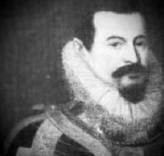
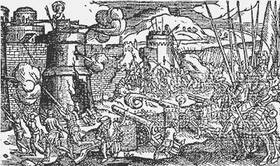
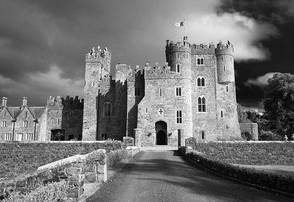
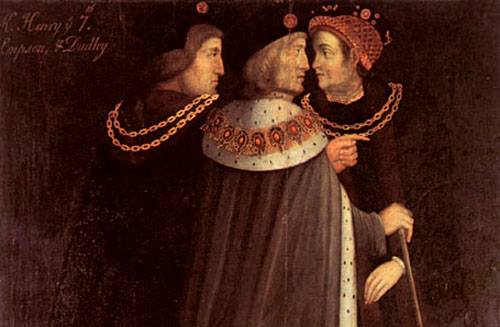
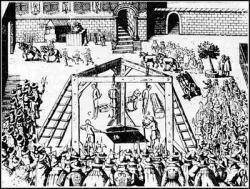
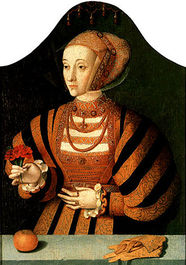
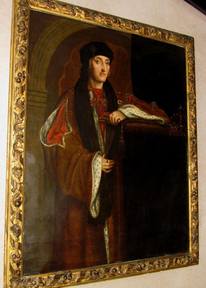
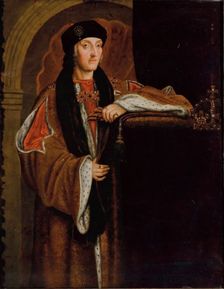
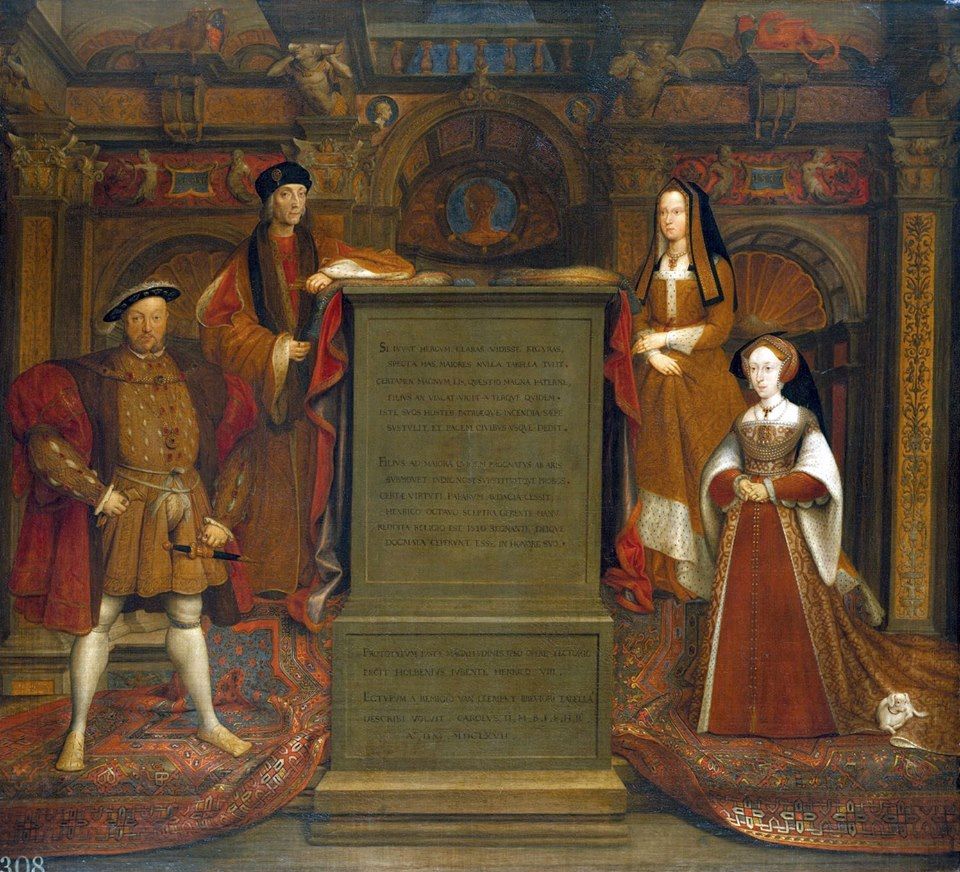
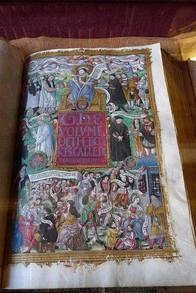
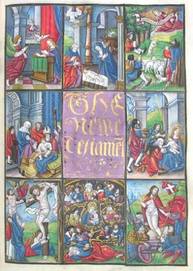
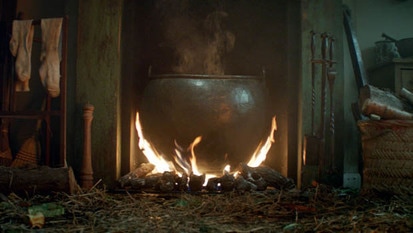
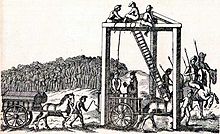
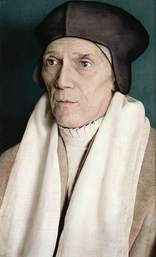
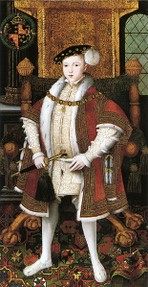
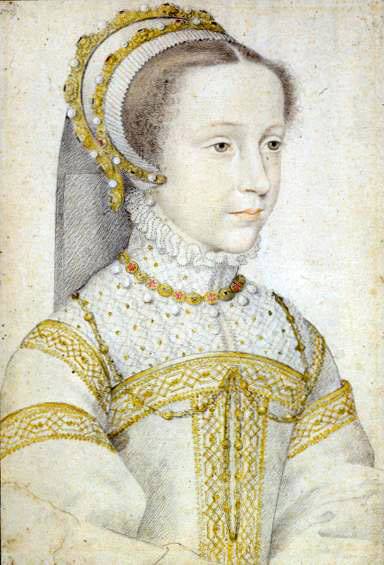
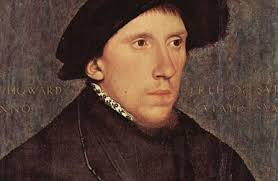
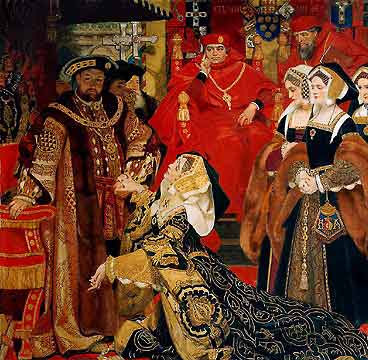

 RSS Feed
RSS Feed
